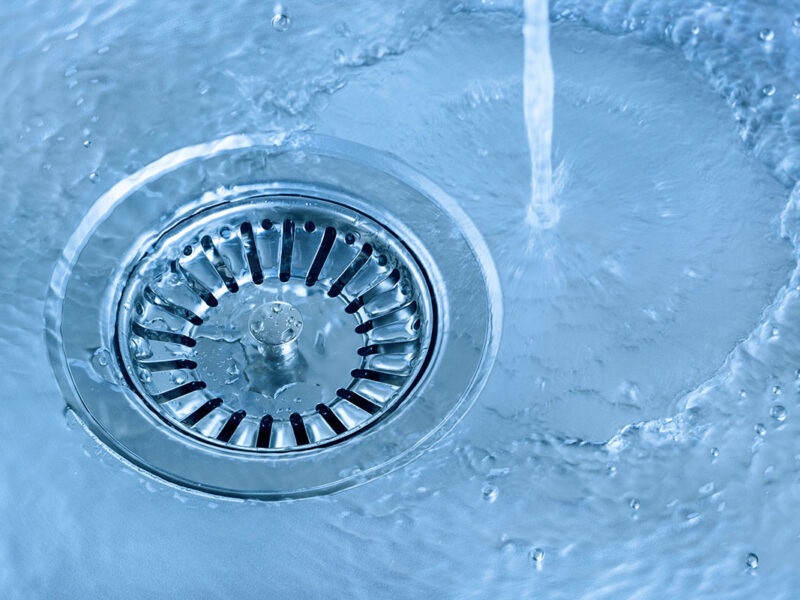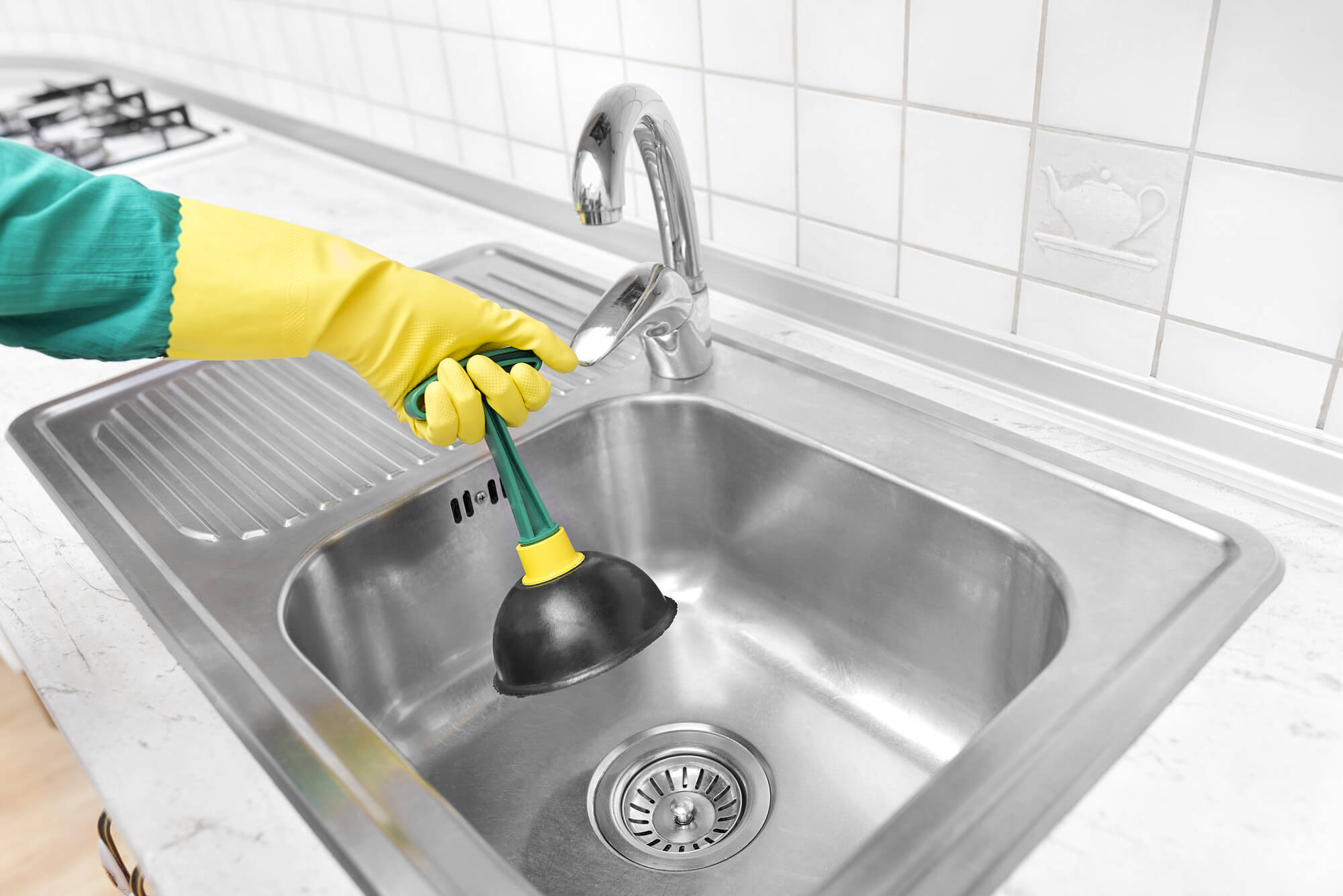Almost everyone seems to have their personal beliefs involving Three Common Ways to Fix a Slow Drain.

Intro
We've all existed: You're cleaning your teeth or washing your hands, and you see the water pooling in the sink. As opposed to rapidly swirling away, it sticks around, turning your once-refreshing early morning routine right into a miniature overload scene. A slow-draining sink isn't just bothersome; it's frequently an indication of larger plumbing problems lurking below the surface area. The bright side is that a lot of slow-draining sinks can be taken care of with a little knowledge, a couple of basic tools, and some persistence. All set to tackle this project head-on? Allow's roll up our sleeves and dive right in.
Understanding the Sources Of a Slow-Draining Sink
Before you start poking around in your pipelines, it aids to recognize what might be creating the stagnation. Recognizing the origin makes it less complicated to pick the appropriate repair.
Tools and Materials You'll Need
The right devices make all the difference. The good news is, you will not require a totally stocked plumber's van to do the job.
Step-by-Step Overview to Repairing a Slow-Draining Sink
Currently, allow's get involved in the nitty-gritty. This detailed process will certainly guide you with simple strategies to restore your sink's drainage.
Action 1: Get Rid Of and Tidy the Stopper
Commonly, the stopper (that small plug you push down to obstruct water) is the first perpetrator. Remove it carefully and clean off any type of hair or substance entraped around its base. Wash it completely prior to placing it back in position.
Action 2: Make Use Of a Bettor to Remove Debris
Got that bettor prepared? Placement it over the drain and offer it a couple of company pumps. The concept is to develop suction that can loosen up any clog. If you see little bits of particles drifting up, you get on the right track.
Action 3: Attempt a Drain Snake or Cord Wall Mount
If the bettor doesn't work, it's time to draw out the drain snake. Carefully feed it right into the drainpipe and twist as you go. You may really feel some resistance-- that's most likely the blockage. Keep turning and pulling till you eliminate the obstruction. If you do not have a drainpipe snake, a straightened out cable hanger can operate in a pinch.
Step 4: Use a DIY Drainpipe Cleanser
A natural cleaner made from cooking soda and vinegar can break down residual gunk. Put half a cup of baking soda right into the drainpipe, complied with by half a mug of vinegar. Allow it fizz for around 15 minutes, after that flush with warm water. This chain reaction typically does wonders for minor obstructions.
Step 5: Reconstruct and Evaluate the Sink
Placed everything back together and run the faucet. Does the water currently swirl away at a reputable speed? If yes, give on your own a pat on the back. Otherwise, do not misery-- there are still a couple of more tricks up your sleeve.
Necessary Tools for DIY Repairs
A bettor is your best starting point. A tiny, sink-sized plunger creates suction that can displace minor clogs. For even more consistent blockages, a drainpipe snake (in some cases called a plumber's auger) works marvels. A set of gloves, a flashlight, and possibly a pair of safety safety glasses are also handy.
Suggested Cleaning Solutions
Mild recipe soap and hot water can aid break down oily build-up. A blend of cooking soft drink and vinegar is a tried and true natural home remedy, and enzymatic cleaners offer a more eco-friendly approach. Keep chemical drain cleaners as a last resource, as they can be harsh on your pipes.
Common Perpetrators Behind Slow Drain
So, what's blocking points up? Typically, it's a mixture of everyday particles-- assume hair, soap residue, toothpaste residue, and leftover food fragments. With time, these little bits build up and cling to the pipeline wall surfaces, slowly narrowing the passage and making it harder for water to pass through. Sometimes, natural resource from difficult water can additionally contribute to the gunk, developing the ideal storm for stubborn blockages.
When is it Time to Take Action?
If you notice the water draining slower than common, it's an excellent concept to interfere earlier rather than later on. Waiting also long could cause finish blockages, undesirable odors, and even pipeline damages. If the water takes more than a few seconds to clear out after switching off the tap, consider it a warning and get ready to put on your DIY hat.
Security First: Safety Measures and Preparations
Before you launch into unclogging mode, consider security. You're taking care of potentially dirty water and debris, so slip on a pair of handwear covers. If you're utilizing chemical cleansers, make sure the area is well-ventilated and comply with the instructions on the tag.
Protective Equipment and Work Area Configuration
Set some old towels or rags around the sink location to capture dashes. Clear away any type of products that might get in your means, like soap dispensers or toothbrush owners. See to it you have excellent lighting-- get hold of a flashlight if needed.
Different Techniques for Stubborn Clogs
Not all obstructions are produced equivalent. If your sink still refuses to coordinate, think about these different services.
Sodium Bicarbonate and Vinegar Approach
We already touched on this, however it deserves keeping in mind again. This gentle, green approach is safer than chemical cleaners and typically fairly efficient.
Enzymatic Drainpipe Cleaners
Enzyme-based cleansers make use of natural bacteria to digest organic matter. They're an outstanding option if you're looking to avoid severe chemicals. Just remember, they may take a bit longer to function their magic.
Chemical Drain Cleaners: Pros and Cons
Chemical cleaners can blow up with tough obstructions fast, yet they're not without disadvantages. They can generate warmth and fumes, damage pipelines if made use of excessively, and pose ecological risks. Use them moderately, and always follow the instructions carefully.
Safety Nets to Maintain Your Sink Flowing
Avoidance is the very best remedy. By embracing a couple of simple habits, you can maintain your sink from decreasing in the first place.
Regular Cleaning Practices
Wipe down the sink container and fixture area routinely. Get rid of hair or food bits before they have a chance to wash down the drainpipe.
Preventing Harmful Materials Down the Drain
Hesitate before unloading coffee grounds, oil, or fibrous vegetable scraps down the sink. These wrongdoers hold on to pipe walls, creating obstructions in time.
Routine Upkeep Checks
Arrange a quick regular monthly assessment. Run warm water with the sink for a few mins, focusing on the flow. If it appears slow, act fast prior to it becomes a full-on clog.
When to Call a Specialist Plumbing Technician
Sometimes, regardless of just how tough you try, that obstruct simply won't move. That's when it's time to generate the pros.
Signs That Suggest a Much More Serious Concern
If your sink drains slowly despite numerous efforts, or if you discover water backing up in other components (like your shower or bathroom), you may have an extra severe pipes problem lurking much deeper in the system.
Stabilizing Do It Yourself Initiatives with Expert Aid
While do it yourself can save you cash and offer a sense of achievement, there's no shame in calling a specialist. A specialist plumbing professional can analyze your whole pipes arrangement, ensuring there's no underlying damages or long-term trouble that might cost you much more later on.
Comparing Expenses and Long-Term Solutions
Before choosing, think about the big picture. An affordable, quick fix may address the issue briefly, however buying a more irreversible solution might conserve you cash and tension in the long run.
Considering the Expenses of DIY vs. Specialist Fixes
DIY repairs frequently cost little more than the rate of a bettor or a bottle of cooking soda. Professional solutions, on the other hand, come with a cost but may stop repetitive problems and pricey repair work later.
Buying High Quality Fixtures and Upgrades
If your sink's layout contributes to frequent obstructions, it may be worth upgrading to higher-quality fixtures or altering the pipes layout. Consider this a financial investment in your home's capability and comfort.
Conclusion
A slow-draining sink can seem like a minor inflammation, yet it's frequently a sign that your pipes requires a little TLC. By recognizing the source, utilizing the right devices and methods, and dedicating to straightforward preventive measures, you can keep your sink flowing freely. And when all else stops working, never wait to hire a professional-- your home's plumbing deserves the financial investment in care and upkeep.
4 Tips to Fix a Slow Draining Sink
Removing the Pop-Up
This is a great place to start when it comes to troubleshooting a slow draining sink. If your sink has a pop-up, carefully take it out and remove debris that has built up around the tool. This will also allow you to see if there are any significant blockages in the drain that you can pull out on your own to help clear up the issue.
Use a Zip-It Tool
Like a snake for a large drain, a zip-it tool helps clear out any debris or hair from a sink drain. A tool like this can be used with a drain that pops out or not as it s thinner than most snake-like tools.
Use a Drain Cleaner
Whether making an at-home cleaner or buying a solution at the store, this is a common fix many turn to when it comes to a slow draining sink. There are several options available for purchase at local supermarkets, but for those who prefer to create their own solution, one of the most common is the following.
How to Unclog a Drain Naturally
Pour boiling water down the drain Pour cup of baking soda down the drain Pour cup of vinegar down the drain Wait 10 minutes Pour boiling water down the drain again Turn on the hot water faucet to clear out the solution Use a Plunger
As a worst-case scenario option, a plunger may be a good option for those who are still struggling to get debris out of their drain. This could be especially useful if there is a large item that you suspect may be significantly stuck down the drain.
https://www.abaileyplumbing.com/blog/2021/august/4-tips-to-fix-a-slow-draining-sink/

As an enthusiastic person who reads on , I thought sharing that piece was worth the trouble. If you enjoyed reading our article please consider to share it. We appreciate your readership.
Call Today